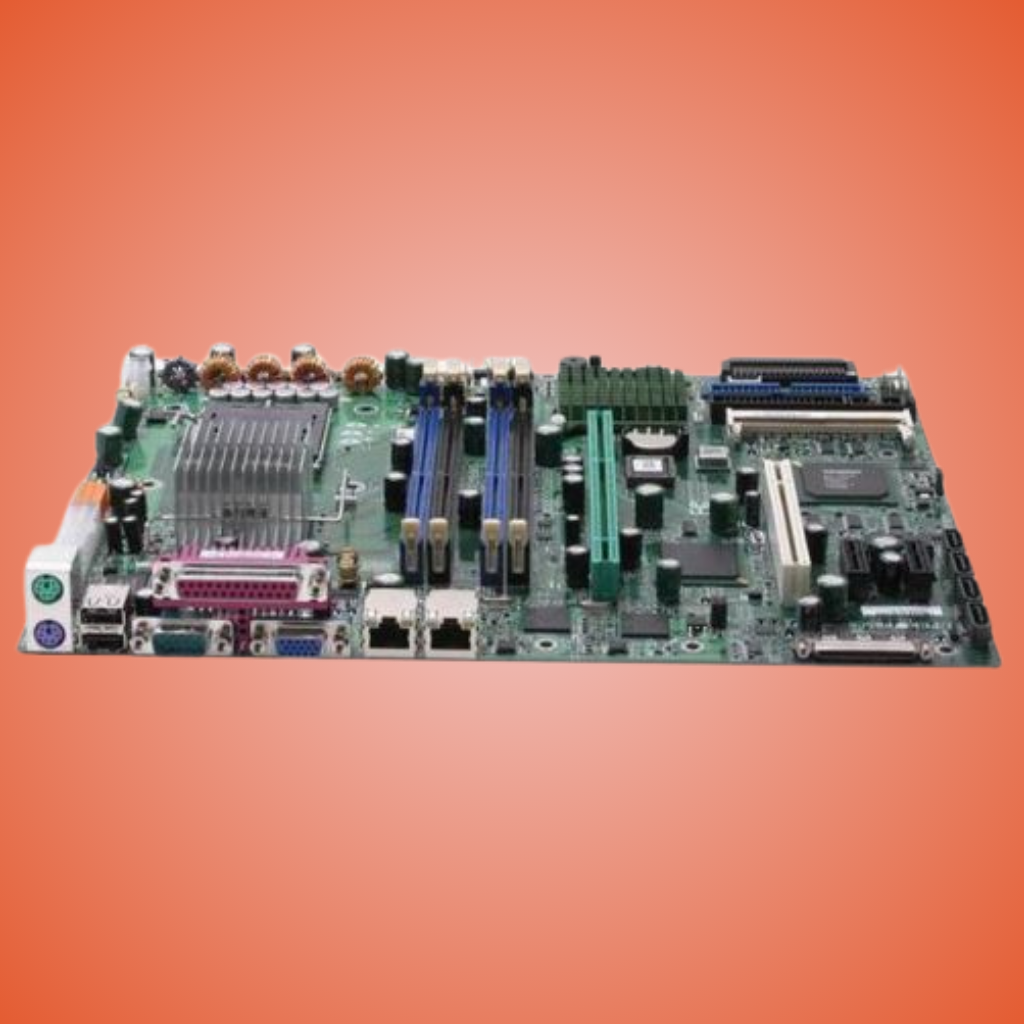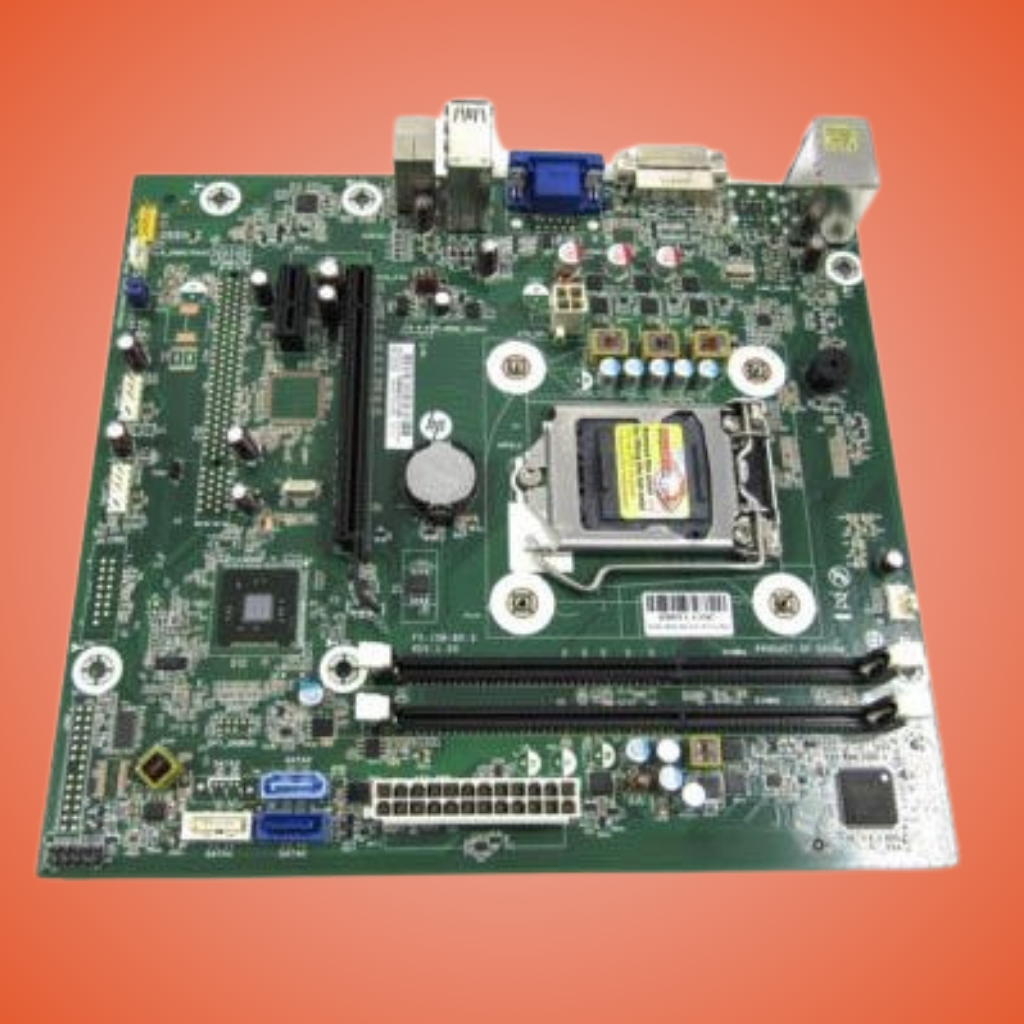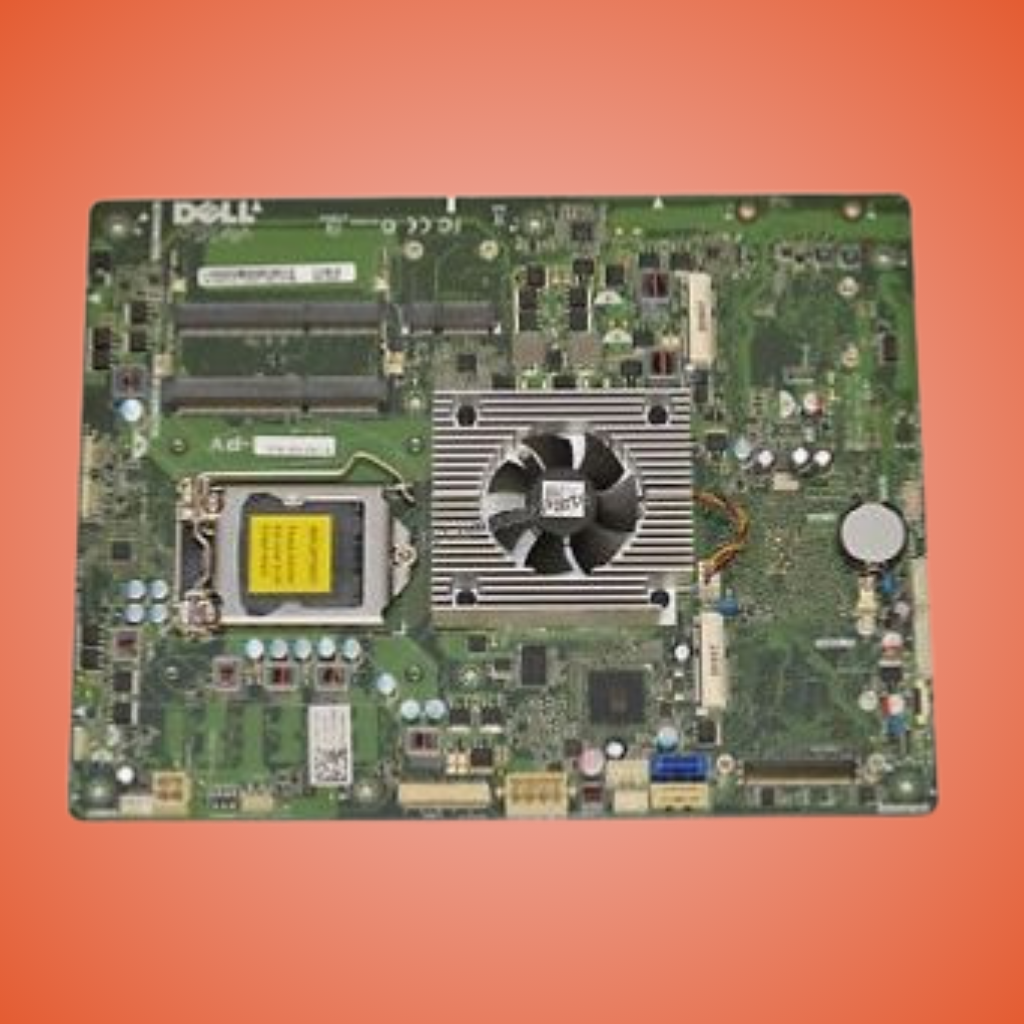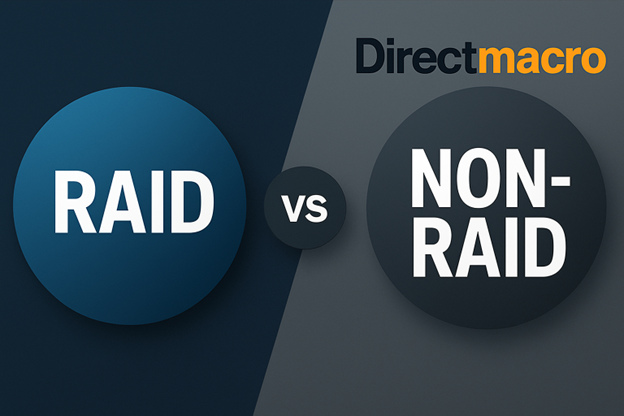What Motherboard Do I Have? Explore 6 Best Practices
Are you on the verge of upgrading your PC or Laptop? If yes, then your head may pop up with a question: What motherboard do I have, and how do I check it? In this article, you’ll explore the key and quick methods to check your computer motherboard and the reasons why it is important for a smooth upgrade. So, without further ado, let’s dive in!
Why Checking Motherboard Information is Important?
You should have a clear idea about your motherboard specifications since they are connected to various other aspects of your computer upgrade. Your motherboard will dictate the following:
- How much RAM can you use?
- What CPU upgrades can you make?
- What type of storage do you have?
- How many M.2 SSD slots do you have?
- Which RGB ecosystems can you use?
- How many PCIe-based accessories can you plug in?
- Which and how many drivers or firmware updates do you need?
If you know your motherboard details well, you can effortlessly make informed buying decisions and upgrade your current PC without much hassle.
Most Common Motherboard Manufacturers
Following is the list of common motherboard manufacturers known for producing high-end motherboards meeting specific requirements.
How to Find What Motherboard Do I Have?
This section is for you if your head is often filled with the voices that say, what motherboard do I have? Here, we have listed straightforward ways to empower you to confidently check motherboard information within a few clicks.
Practice # 1: Open Your Case and Check Motherboard Manually
The first and easiest way to check motherboard information within a few seconds is to manually open your computer and go through the motherboard’s surface. You can easily spot:
- Manufacturer name
- Model number
Moreover, if you can find the brand logo on the main circuit board but struggle to find the model number, check out the chipset. Typically, this will be a code with four characters, starting with a letter and followed by three numbers.
However, this approach is not ideal, especially for compact computer systems. Additionally, high-end motherboards are normally equipped with a large graphics card or NVME heatsinks, making it more difficult to answer the voices in your head manually.
However, if your computer isn’t powering up and you need to identify your motherboard for troubleshooting, this is the only option left to determine its brand and model.
Here is an image of the motherboard and where you can find the above information.

Practice # 2: Utilize Command Prompt to Find Motherboard Information
If you’re comfortable using command prompts, this approach is likely your best option to discover your motherboard’s information.
Here are the steps you need to follow:
- Go to the Windows search bar, type “cmd, ” then press enter.
- In the Command Prompt, type “wmic baseboard get product,Manufacturer” exactly as shown.
- Your motherboard’s manufacturer and model will be shown.
It is one of the easiest ways, yet it is essential to follow the above steps; otherwise, you may face difficulties.

Practice # 3: Open Windows System Information to Check Motherboard
To determine “what motherboard do I have” using the System Information technique:
- Navigate to the Start/Windows menu.
- In the search bar, type “System Information” and press Enter.
- Tap on the application.
- Within the System Information window, locate the “BaseBoard” section.
Here, you can find the Manufacturer, Model, Product, and/or Version fields. If you see “Not Available,” you may need to choose another method.

Practice # 4: Use the Motherboard Box
If you are a PC magpie and love to build your own systems from scratch, here’s another simple method you may try. It all depends on whether you still have your motherboard box. If you found it lying around in your house, go ahead and retrieve it to gather all the information you might need.

Practice # 5: Trace your Purchase History
Depending on how your PC was built, you might be able to find information on your motherboard model from the vendor you opted for. Big PC brands like Dell or HP often have special codes or IDs for their products that you can use to find hardware details.
On the other hand, smaller PC makers like CyberPowerPC or Maingear usually include a complete list of your hardware in your order history. If you put together the PC yourself, check your order history for the motherboard part or contact the seller who provided it.
Practice # 6: Opt for a Third-Party Software to Find Motherboard Model
Last but not least, you can opt for third-party hardware monitoring software to check motherboard details. These software options display your motherboard details, model number, and manufacturer. The popular options in the market are:
- Speccy
- CPU-Z
- HWiNFO
- Belarc Advisor
How to Check Laptop Motherboards?
In comparison, checking laptop motherboards is a little more complex than desktop motherboards. One of the primary reasons is that you won’t usually find it printed on the surface of the motherboard. You might need to open up your laptop or look for a maintenance manual online to learn about the upgrades you can do. Usually, you can upgrade:
- RAM
- Battery
- Wi-Fi card
- Storage
Furthermore, you can utilize third-party software applications to identify your motherboard, similar to desktops.
FAQs
How can I locate my motherboard model using Device Manager?
Device Manager does not provide the exact motherboard model information. Instead, you can use tools like CPU-Z or the System Information utility on Windows. To access System Information, press Win + R, type msinfo32, and press Enter. The motherboard model will be listed under “BaseBoard Manufacturer” and “BaseBoard Product.”
Is it possible to find my motherboard’s serial number?
Yes, you can find your motherboard’s serial number using the Command Prompt. Open Command Prompt as an administrator and type “wmic baseboard get serialnumber”, then press Enter. The serial number will be displayed. This method works on most Windows systems and provides a quick way to retrieve this information.
Can I check what motherboard do I have via BIOS?
Yes, you can view the motherboard model in the BIOS. To access the BIOS, restart your computer and press the designated key (often Del, F2, or Esc) during startup. Once in the BIOS, navigate to the system information section, where you will find details about your motherboard model and other hardware components.
What does my motherboard ATX mean?
ATX refers to the motherboard’s form factor, a standard that defines its size, mounting points, and power connections. An ATX motherboard typically measures 12 x 9.6 inches and is compatible with most standard desktop cases and power supplies. It is the most common form factor for full-sized desktops, offering a good balance of expandability and performance.
Wrapping Up
In a nutshell, discovering “what motherboard do I have” is non-negotiable for making informed upgrade decisions. Otherwise, you may end up with irrelevant purchases and emptying your pocket for no value.
Lastly, if you are looking to upgrade your PC or Laptop, Direct Macro is your ultimate gateway. We deal in new and refurbished IT and computer components, all set to supercharge productivity at your workplace and boost your computing experience.
Do you need advice on buying or selling hardware? Fill out the form and we will return.

Sales & Support
(855) 483-7810
We respond within 48 hours on all weekdays
Opening hours
Monday to thursday: 08.30-16.30
Friday: 08.30-15.30











